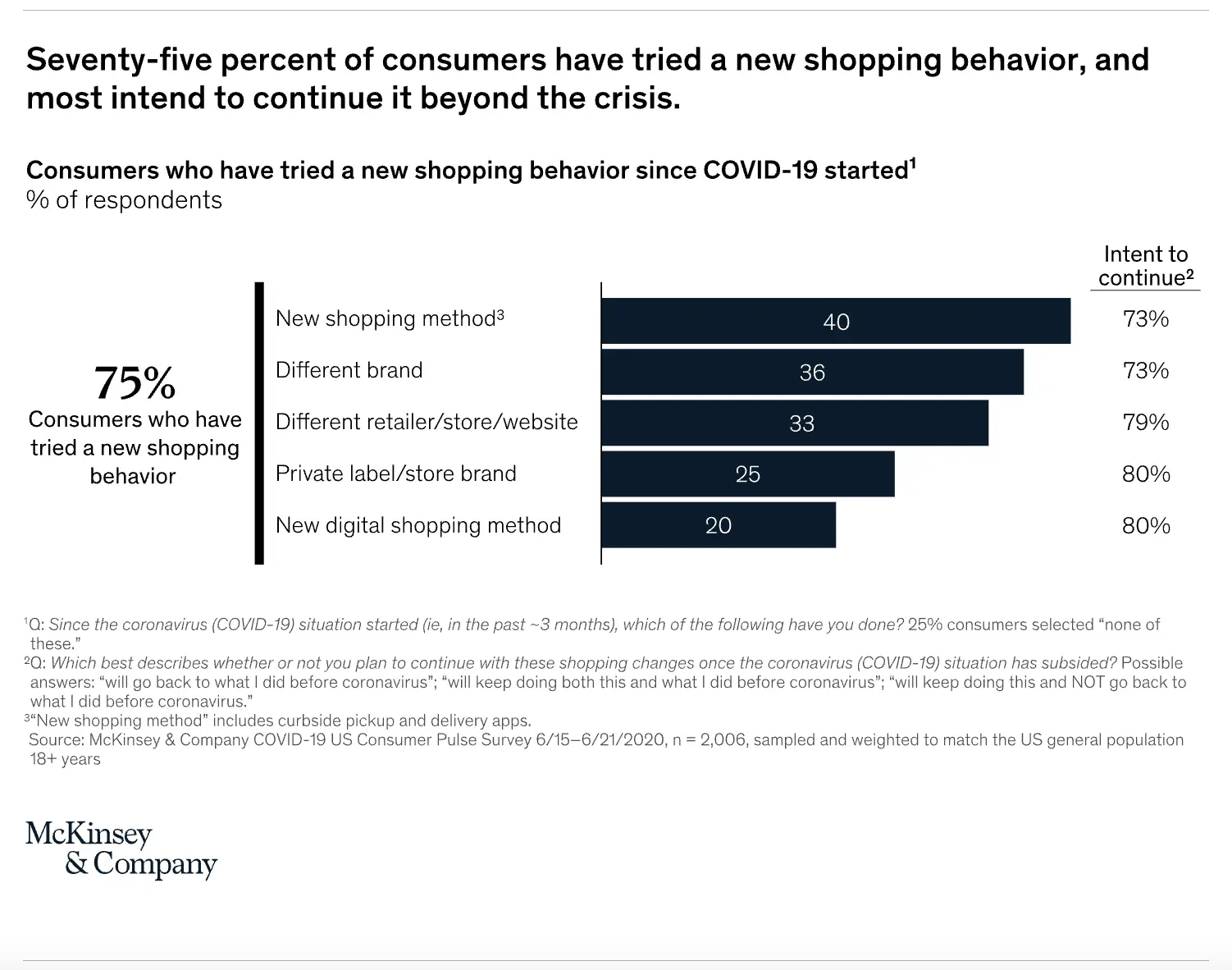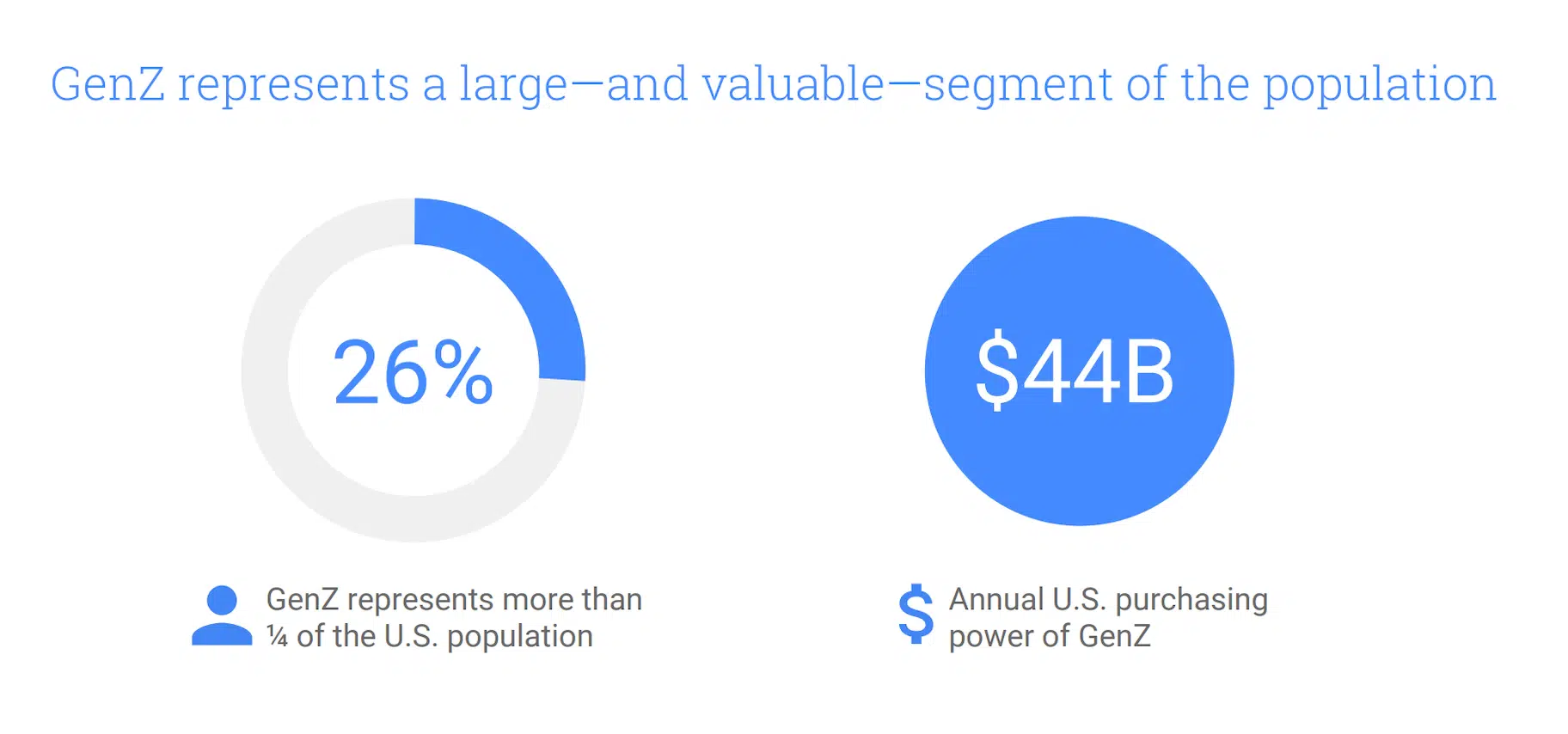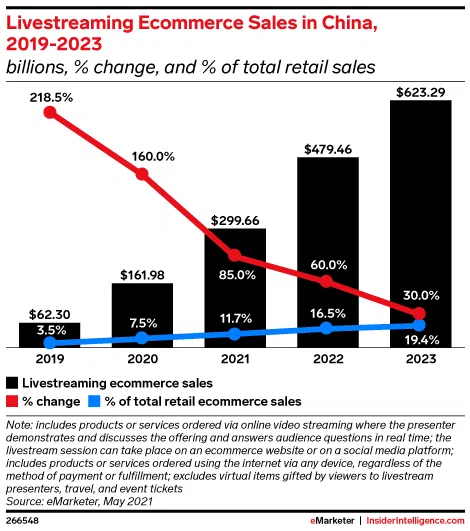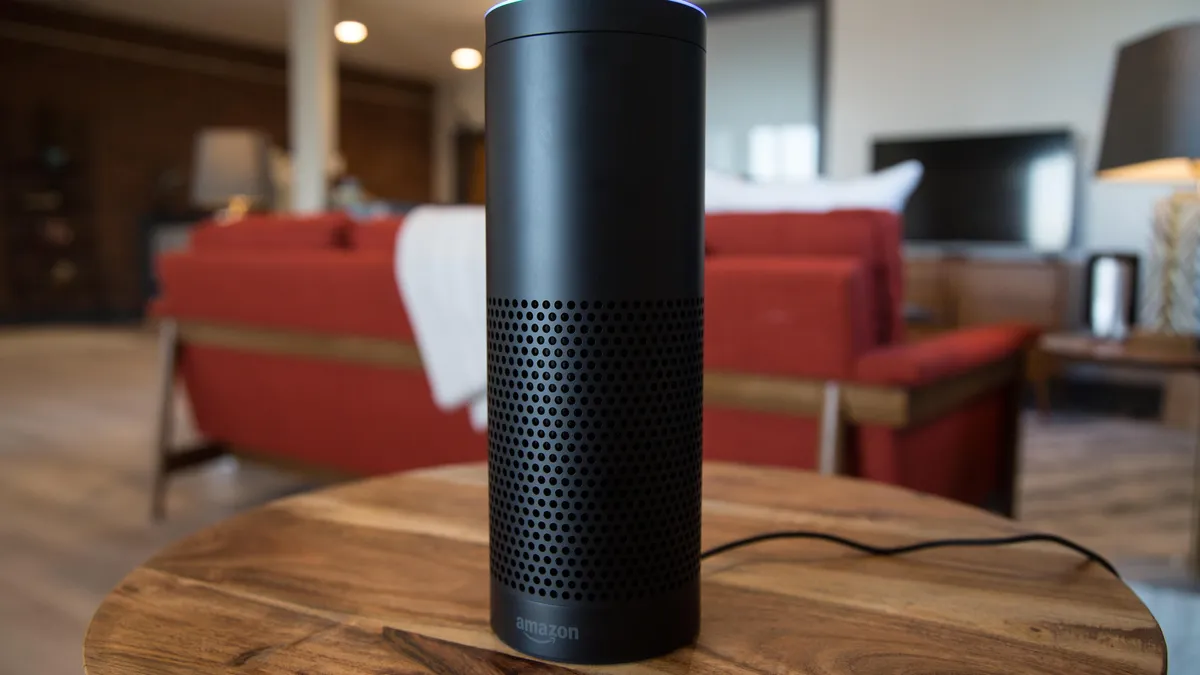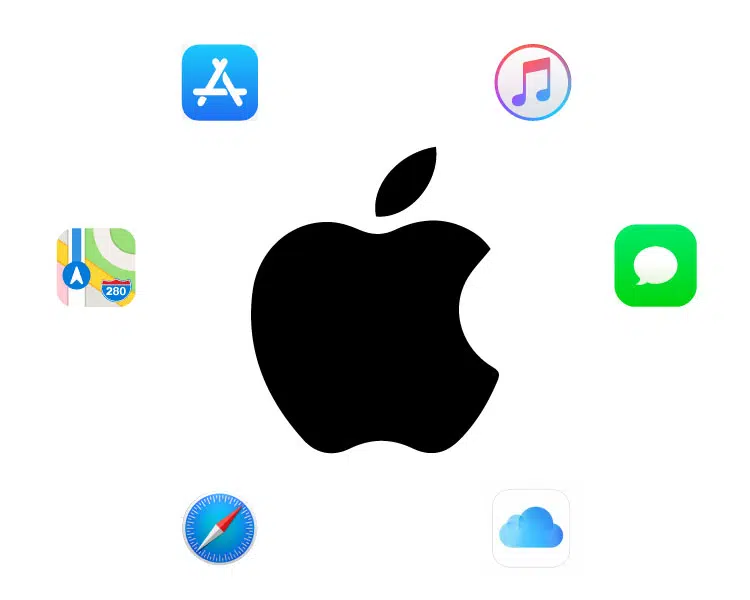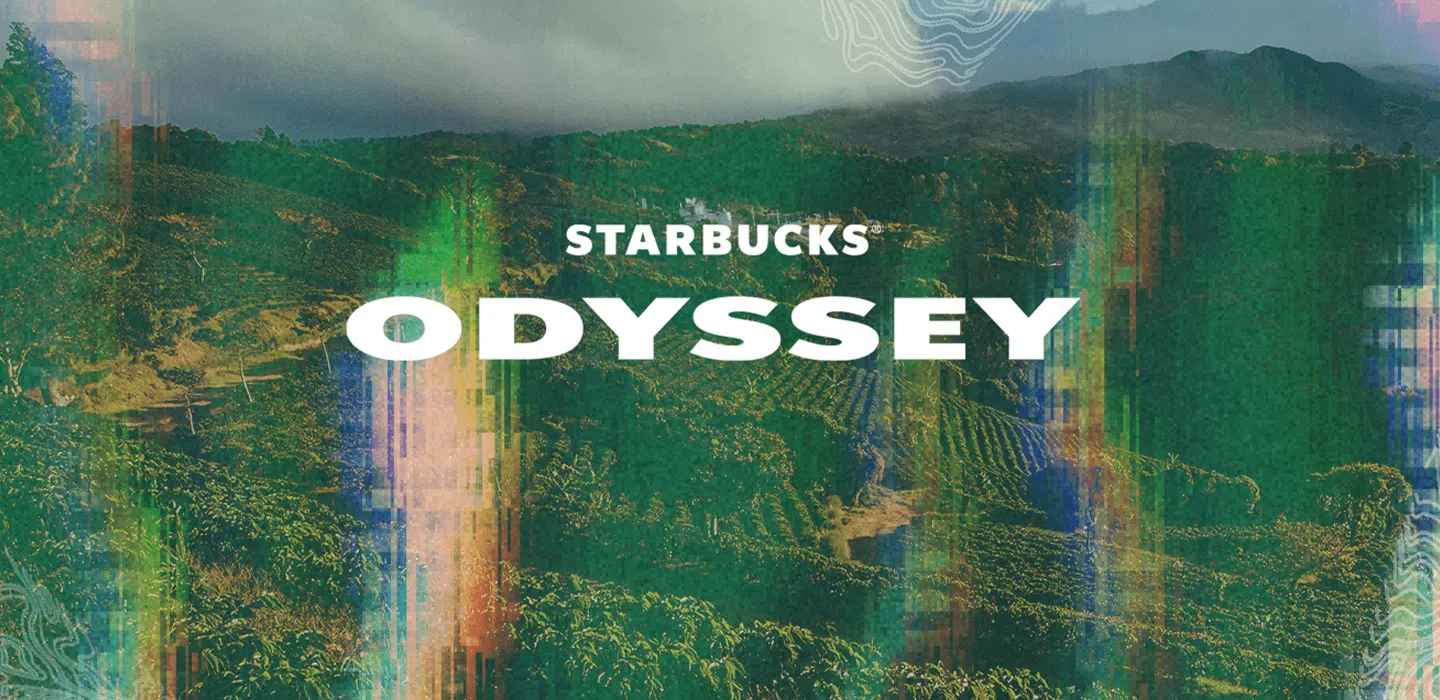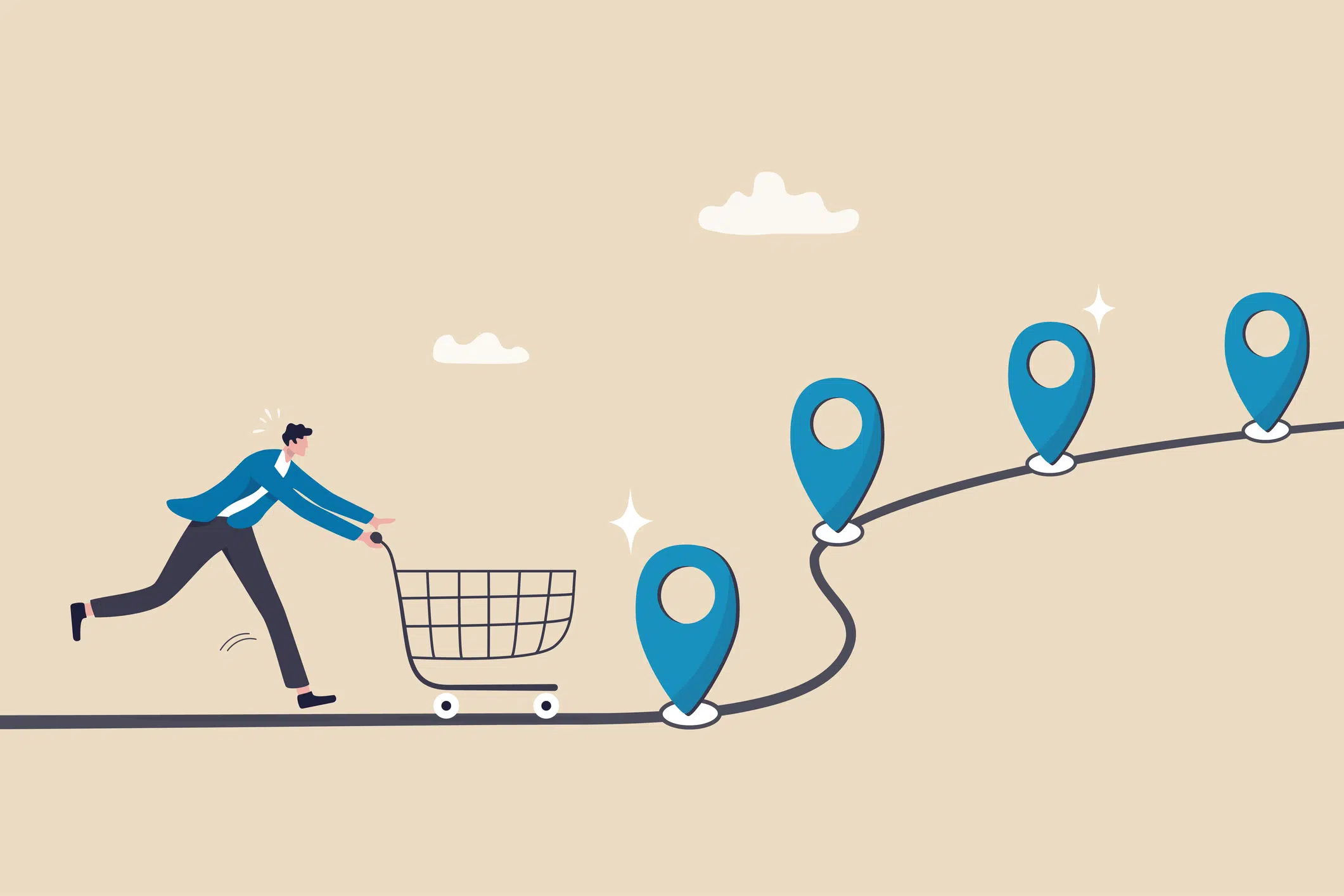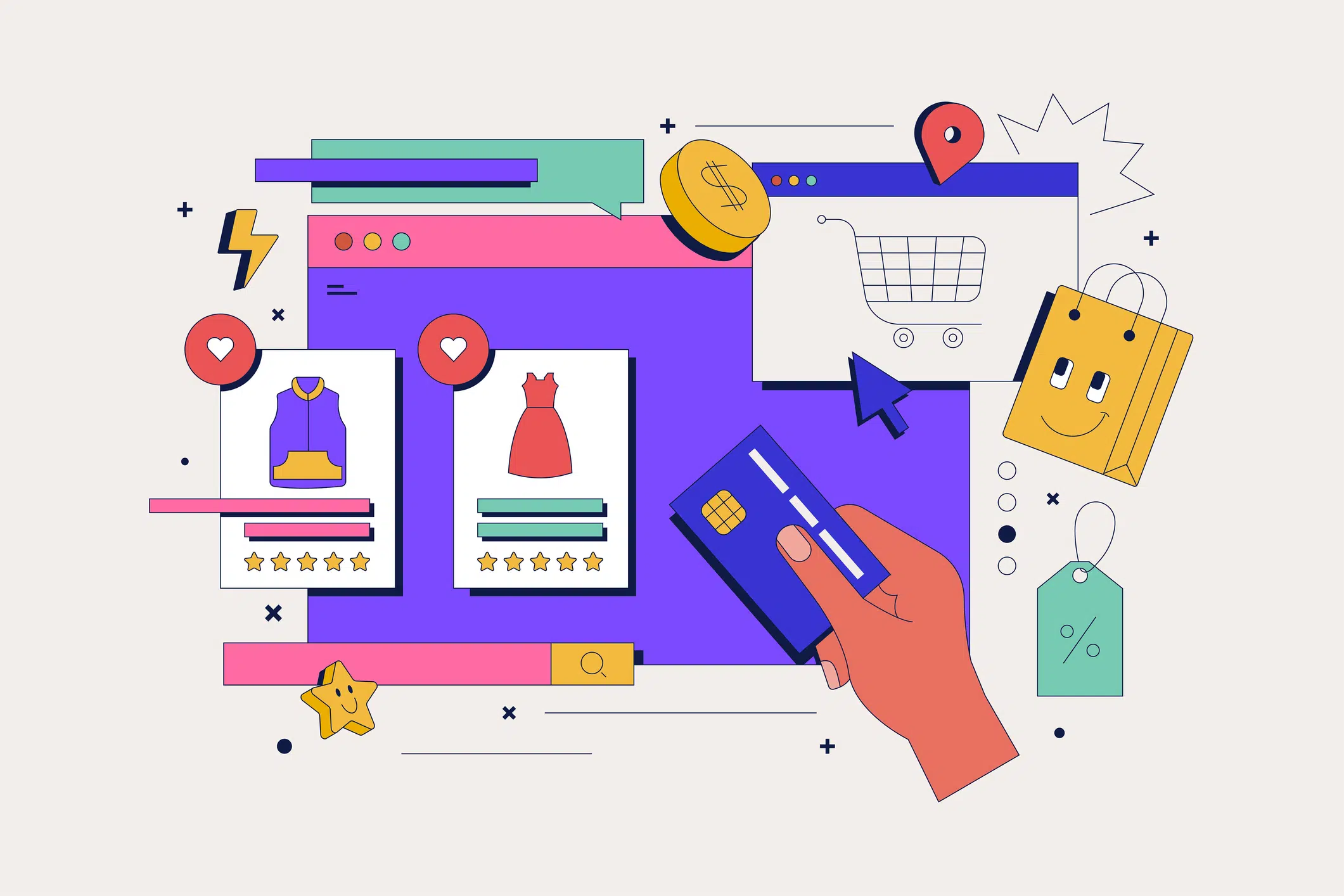In a recent study by McKinsey on the shifting changes of US customers, 80% of the respondents claimed to use a new digital purchasing method and are reasonably sure they will continue to do so.
The numbers prove that brands need to take a step back from the early customer engagement strategies and explore new buying journeys. However, before understanding ideal and relevant customer journeys for the contemporary buyer, let’s first take a look at some basics.
What Is A Customer Engagement Strategy?
Customer engagement is to build a relationship with potential buyers. It is the culmination of how you communicate with your clients, including social media interactions, phone calls, and emails. Making a plan around these interactions assists you in retaining your clientele while also attracting new clients.
This is where a customer engagement strategy comes into play. A customer engagement strategy is a method for increasing customer satisfaction through more positive interactions.
What Is Customer Engagement Marketing?
In more defined terms, it is a marketing tactic that sends consumers relevant, timely, and personalized information. The personalization component is what distinguishes it from other marketing strategies. Customers will feel like active participants in your brand’s community when the information is relevant to them.
Why Do You Need To Update Your Customer Engagement Strategy?
Can you imagine using print media to reach out to your target audience when most of them are Gen Z and millennials? It will be a disaster for customer engagement metrics. Your customer engagement strategy is essentially one that revolves around changing customer behaviors.
One of the biggest challenges for brands in today’s digital-first environment is developing a customer engagement strategy to help them ensure retention.
According to a survey, 90% of marketers agreed that the pandemic affected their digital engagement approach, and they now felt under pressure to innovate and improve their digital skills.
Further, customer engagement strategies are effective because they relieve the burden of producing a top-notch customer experience on just one team. Such plans cover every team, from customer service to operations to sales and every aspect of the customer journey.
To get going on a good strategy, it is crucial to remember that the customer is your focus point.
Know Your Audience: What Do They Want?
The consumer market is segmented into distinct categories, each with unique buying preferences, as shown by the most recent data on consumer trends.
To fully understand what your customers are looking for or what triggers them to make a purchase, you can analyze data and information such as:
- Customer personas
- The success of past campaigns
- Audience reviews and feedback
- Surveys
- Competitor approaches.
It is also essential to get a general understanding of today’s demographics and buying behaviors.
For example, boomers aren’t your primary target market because they don’t spend much money. Gen Z and millennials, on the other hand, are the biggest influencers of consumer engagement trends. They have a high spending record, leveraging which can significantly impact engagement and conversion rates.
Source: GenZ is the focus of most marketing campaigns because of its engagement and spending power.
Customer Engagement Trends For Today’s Modern Shopper
1. Video-First Strategy
Given that 84% of consumers said a brand’s video persuaded them to buy a product, it makes sense for brands to put a video-first shoppertainment approach at the forefront and core of their brand marketing. The emergence of the more immersive live commerce shopping experience has taken the video commerce trend a step further.
2. Short-Form Videos
In recent years, the rise of short-form videos has transformed how people create and consume content. The booming success of this video format led to projections according to which short-form video will account for 90% of website traffic in 2022. Hence, it has become imperative for every digital-first agency to leverage this content format to increase engagement.
3. Live Commerce
Brands from all over the world have incorporated this emerging trend in their eCommerce strategy after being inspired by the enormous success of live commerce in China, whose market size is anticipated to be $423 billion in 2022. Two-thirds of Chinese customers reported purchasing goods via livestream in a 2020 survey, so this is a wise strategy.
Source: The growth of live commerce in China
4. Omnichannel Strategy
An omnichannel livestream approach that reinvents the standard buying experience for contemporary customers. To provide customers with a phygital experience, major brands like Nike are experimenting with augmented as well as video powered consumer experiences, through its various apps.
No wonder, their online sales increased by 50% in the fourth quarter of 2021.
What Are The Types Of Customer Engagement?
Marketers can only get a complete picture of their customer engagement strategy when they know how each type of engagement affects their brand. Four types of engagement that every marketer should track are as follows:
Types Of Customer Engagement You Need To Track
1. Contextual Engagement
Sending a push notification to the customer with a special offer based on their recent purchase. A clear example is when True Citrus used a basic simple and tactic to get consumers coming for more.
Source: Contextual Engagement Strategy
2. Engagement of Convenience
It is any form of interaction that increases convenience where the brand gets a better understanding of an individual customer’s needs, behaviour, trigger points, etc., all to maximize transactions while reinforcing the need to purchase a good or service. A clear example is Alexa ch where customers can communicate, shop, are entertained and more.
Source: Engagement of Convenience by Amazon’s Alexa
3. Social Engagement
These are basically livestream shopping events where people interact as a community while making a purchase. Just like most brands that needed to hop on to the live shopping bandwagon, Estée Lauder roped in Emilia Clark (Clinique endorser) and other makeup artists, like Bobbi Brown and dermatologists, to talk about their products leveraging social commerce.
Source: Social Engagement Strategy
4. Emotional Engagement
Basing experiences on more personalized data like colors or memories to draw emotion into the product purchase. In an experiment, respondents were given cola and asked which they preferred – Coke or Pepsi. Most respondents preferred the taste of Pepsi.
However, when a montage of both brands was shown, most people preferred Coke. In fact, the medial prefrontal cortex, which performs cognitive functions, lit up. One of the reasons scientist attributes Coke’s success here is that its campaigns are often associated with family, friendship and happiness.
Source: Coca cola example emotional engagement
How To Develop A Customer Engagement Strategy?
A successful customer engagement strategy outlines objectives and actions for various customer journey stages. Starting with the instant just after they convert and working your way outward from there is an excellent place to begin when trying to come up with ideas.
1. Select the metrics you want to track
Customer engagement metrics track the quality, frequency and other communications by the customer. You can track these metrics based on the goal you want to achieve as a brand.
For example, to increase revenue from your current client roster, look for metrics like lifetime customer value or even opt-out rates (which can also assist you in winning back disengaged customers).
2. Use effective tools for tracking
Getting accurate data without effective engagement tracking tools can be tough. The basic tools you should look out for are:
- Data Collection Tools: Your data pipeline should be able to gather information from all of your consumer engagement platforms, including your website, live chat services, social media and email marketing.
- Analytics Platform: Set up your analytics platform to monitor your selected metrics so you can learn from the information you’ve gathered. In addition, an analytics platform will highlight broad trends in your data.
- Customer Segmentation Tools: You may identify these consumer groups using a customer segmentation tool to create unique engagement initiatives for each group.
3. Prioritize Onboarding
This is a crucial stage where a customer decides to purchase the product or move to an alternate brand. Personalize the onboarding process based on the customer’s actions, provide them with resources to understand the brand and communicate with them in a fun way.
4. Keep Your Customers Updated
Post-onboarding, create engagement by providing updates through emailers, newsletter, social media and more. You can make such communication fun and collaborative for better engagement.
5. Offer Multi-Channel Support
Customers may request assistance in various ways depending on their needs and preferences. For example, you can provide live chat help or a phone number to call for issues that require an immediate fix. Other times, a simple email or FAQ list helps.
However, creating a creative customer environment strategy is more than we discussed. Every brand must incorporate unique ways to create engagement that customers can’t help but enjoy.
7 Stellar Customer Engagement Strategies To Hook The Next-Gen Audience
The next-gen, or Gen Z, may be great at spending, but they are equally aware and smart. They expect brands to go out of their way to reach them; hence, you must look into these seven interesting customer engagement strategies.
1. Actionable buttons on shoppable videos
We discussed the power of shoppable videos above. To reinforce this, actionable buttons like ‘add to cart’ and ‘checkout’ can further motivate the audience to make purchases rather than keeping them on hold.
Source: A glimpse of Foo Tokyo’s shoppable videos
Foo Tokyo used shoppable videos on their website with actionable buttons like ‘Shop now’ to establish a better connection between the audience and the product. The result was a 29.7% increase in the number of page views and a 556% increase in the average time spent on the website.
2. Leverage Next-Gen Technology
Global fashion leader, Gucci, opened its unique digital space on Roblox. Gucci Town, a virtual piazza, including Mini Game Heights, a Creative Corner for generating artwork, Vault Plaza for exhibitions, a store selling digital Gucci goods, and a Power-up place where community members can congregate and communicate. Users can buy virtual goods with ‘GG Gems,’ an experience currency.
Source: Gucci’s commendable use of next-gen technology in its customer engagement strategy
Could you keep track of the multi-engagement strategy that Gucci applied?
The next-gen technology is what will create the experience Gen Z wants. Brands need to opt for a physical-digital symbiosis that can create maximum engagement, like Gucci.
3. Offer A Seamless Real-Time Livestream Experience
Livestreaming is one of the latest customer engagement strategies that has been outperforming itself. The amount of time spent on a website and its data is an absolute goldmine for brands. It allows people to interact on a 1:1 basis with the brand, making the customer heard even through virtual experiences.
When Heinz recently partnered with Firework to promote their fun Halloween livestream campaign, themed about having fun with costume creations using “tomato blood” ketchup, the campaign exceeded benchmarks and won two prestigious industry awards.
Heinz connected with a targeted group of families across a national audience, getting 1,544 engagements while delivering a 7% live-stream engagement rate.
4. Provide Omnichannel Customer Service
Marketers, salespeople, and customer service representatives will need to respond as people’s behaviors change. We’ll need to pursue an omnichannel experience rather than thinking of a desktop experience, a mobile experience, or a tablet experience.
Source: Apple allows users to access their data across various devices through their iCloud accounts
Apple offers devices that easily connect by utilizing the user’s iCloud account, elevating the omnichannel experience. Whatever Apple device the user is currently using, the user’s messages, images, and linked gadgets display the same way.
5. Offer Personalized Experiences
When VIP customers started to miss out on Designer Shoe Warehouse’s (DSW) old reward points system, they ran a hyper-personalized campaign. They sent out emailers containing the following details:
- The number of loyalty points they required to receive their subsequent $10 off voucher
- Deals they were currently qualified for
- A summary of their experiences with the company, including the length of time they had been loyalty club members, the number of points they had accumulated, and the total amount of money they had saved over the previous two years.
Source: A part of the personalized emailer that customers received from DSW
The campaign was a huge success, and that is because of the detailing DSW leveraged from gaining so much data from its loyalty program. This personalization makes all the difference in a customer engagement strategy.
6. Build A Community With Quality Content
Starbucks recently launched Starbucks Odyssey, a Web3-powered experience for Starbucks Reward members and Starbucks Partners to access Non-Fungible Tokens (NFTs) and other immersive coffee experiences.
Source: Starbucks community building is a top-notch example of unique customer engagement strategies
By simply creating such a community and leveraging digital collectables, Starbucks has moved away from monotonous engagement techniques. When people are in a community, they not only get a chance to interact but also discover more about the brands, generating customer loyalty.
7. Offer Customer Loyalty Programmes
Loyalty programmes are a great way to keep your customers coming back. By offering good deals around their purchases, people are attracted to return to the brand. Let’s look at Sephora’s wildly popular loyalty offering, Beauty Insider. It has more than 25 million devoted members, and up to 80% of Sephora’s annual revenues come from its members.
Each purchase by a customer results in incentives based on a conventional point system. Members’ flexibility in how they use their reward points makes it innovative.
Source: Sephora’s Beauty Insider programme is wildly successful
Giving loyalty members the freedom to make their selections helps Sephora give customers the discounts and products they genuinely desire without lowering the perceived worth of their products. Hence, an excellent play for high customer engagement and loyalty.
Why Live Commerce Should Be A Part Of Your Customer Engagement Strategy
Back then, the enormous distance between inspiration and purchase was the primary pain point for marketers. You notice a billboard advertisement for a product that might interest you, but by the time you go to the store, you have completely forgotten about it.
In terms of mobile devices, phones are the top choice for Gen Z and millennials. Even the name “mCcommerce” has been coined due to the growing popularity of mobile shopping. mCommerce is anticipated to control 42.9% of the eCommerce business by 2024.
As a result, your consumer interaction approach must incorporate video commerce, amusing and brief swipeable web stories, and shoppable videos designed for mobile use.
Is Your Customer Engagement Strategy Future-Proof?
With data pointing towards the elimination of cookies and the decline of third-party data, brands must start looking into alternatives that are more sustainable for their customer engagement plan with reliable data.
Thankfully, incorporating a video commerce solution can assist you in gathering precise first-party data. By fusing entertainment and commerce to create a delightful purchasing experience for customers, video commerce will attract audiences to your brand’s website and hold their interest.
You may then gather important first-party information about your customers, including the time spent watching each video, customer hotspots, comments and responses to live videos, etc.
Wrap Up
Brands must change now or risk extinction. You will fall behind in the video-first era that we are already living in if your consumer engagement plan does not include a video commerce component, you will fall behind in the video-first age we are already living in.
You must provide a satisfying, worthwhile, and exciting buying experience for your customers if you want to compete in the eCommerce market. By leveraging live, short-form videos in an immersive video-powered digital environment, you will be able to cater to the modern consumer.
You can guarantee a strong customer engagement strategy that will do wonders for your company by being omnipresent across all digital channels, curating a more humanized experience, and offering consumers value-added content.





